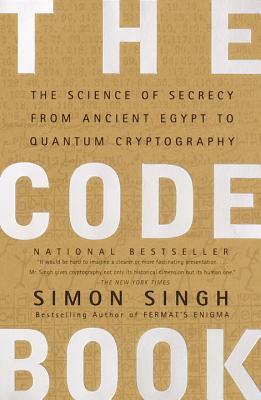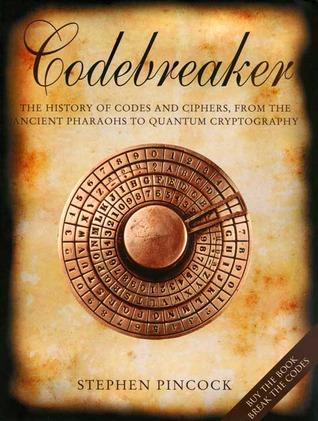 Welcome to British Isles Friday! British Isles Friday is a weekly event for sharing all things British and Irish - reviews, photos, opinions, trip reports, guides, links, resources, personal stories, interviews, and research posts. Join us each Friday to link your British and Irish themed content and to see what others have to share. The link list is at the bottom of this post. Pour a cup of tea or lift a pint and join our link party!
Welcome to British Isles Friday! British Isles Friday is a weekly event for sharing all things British and Irish - reviews, photos, opinions, trip reports, guides, links, resources, personal stories, interviews, and research posts. Join us each Friday to link your British and Irish themed content and to see what others have to share. The link list is at the bottom of this post. Pour a cup of tea or lift a pint and join our link party!
Last week, I talked about the British scenes in the show Atlantic Crossing, that is mostly about the relationship between the American President (Franklin Delano Roosevelt) and the Norwegian Crown Princess (Princess Märtha of Sweden) during World war II. Tina enjoyed a book about the history of Masterpiece Theater, the PBS show of British television drama - although she wished for more pictures.
My NaNoWriMo project in 2020 was a novel about American women codebreakers during World War II. By the end of November, it was very apparent that I had a huge gap in my knowledge base that would need to be filled if I were ever going to make a serious attempt to write this novel. I've been working to learn about codebreaking this summer.
The history of ciphers and codes spans the world. One story that every book covers is a British one about Mary, Queen of Scots.
 Simon Singh, author of The Code Book: The Science of Secrecy from Ancient Egypt to Quantum Cryptography, was so taken by her story that he started his book with Mary's cipher.
Simon Singh, author of The Code Book: The Science of Secrecy from Ancient Egypt to Quantum Cryptography, was so taken by her story that he started his book with Mary's cipher.
On the morning of her trial, Mary sat alone in the dock, dressed in sorrowful black velvet. In cases of treason, the accused was forbidden counsel and was not permitted to call witnesses. Mary was not even allowed secretaries to help prepare her case. However, her plight was not hopeless because she had been careful to ensure that all her correspondence with the conspirators had been written in cipher....If their contents were a mystery, then the letters could not be used as evidence against her. However, this all depended on the assumption that her cipher had not been broken. (p. 3)
Mary's cipher was a substitution cipher. Each letter was assigned a symbol - a circle for A, a square for F, a triangle for S. To make it a little harder to break, the system also used symbols as codes for common words like 'from' and 'name.' There were also null symbols that signified nothing but, if sprinkled throughout a message, would make it harder to decrypt.
Mary was counting on two things to keep her secrets: that her messages were hidden and that they were encrypted and couldn't be read, even if they were found.
Code Cracking for Kids by Jean Daigneau described the first failure:
Mary exchanged secret messages with a Catholic supporter named Anthony Babington. Besides messages about helping Mary escape, they discussed a plot to assassinate Elizabeth. Mary and Babington used a nomenclator to communicate, with coded symbols for common words such as 'and' and 'with' alongside the cipher alphabet.... However the person who passed the messages from Mary to Babington was a double agent. He betrayed their trust by taking the messages to Sir Francis Walsingham, Queen Elizabeth's spymaster. (p. 24)
 Walsingham employed a cryptanalyst, Thomas Phelippes. Here's how Codebreaker: The History of Codes and Ciphers, from the Ancient Pharaohs to Quantum Cryptography by Stephen Pincock described Phelippes and his work:
Walsingham employed a cryptanalyst, Thomas Phelippes. Here's how Codebreaker: The History of Codes and Ciphers, from the Ancient Pharaohs to Quantum Cryptography by Stephen Pincock described Phelippes and his work:
Much of Mary's communication with the outside world was encrypted, but that was only a minor problem for Phelippes, a slender, short-sighted man whose face bore the tell-tale marks of smallpox infection. He was reputed to be fluent in French, Spanish, Italian, and Latin, and was also a notoriously skillful forger.
Walsingham's top cryptanalyst was a master of frequency analysis, and this skill allowed him to reveal the secrets of messages passed between the imprisoned Mary and Babington. (p. 34)
With the intercepted messages and the ability to decipher them, Walsingham was able to expose the assassination plot and to prove to a reluctant Queen Elizabeth that her cousin should be executed.
Did you know that Mary, Queen of Scots failed in her quest to become Queen of Scotland and England, in part, because her encrypted messages were too easy to break?

About Joy Weese Moll
a librarian writing about books
